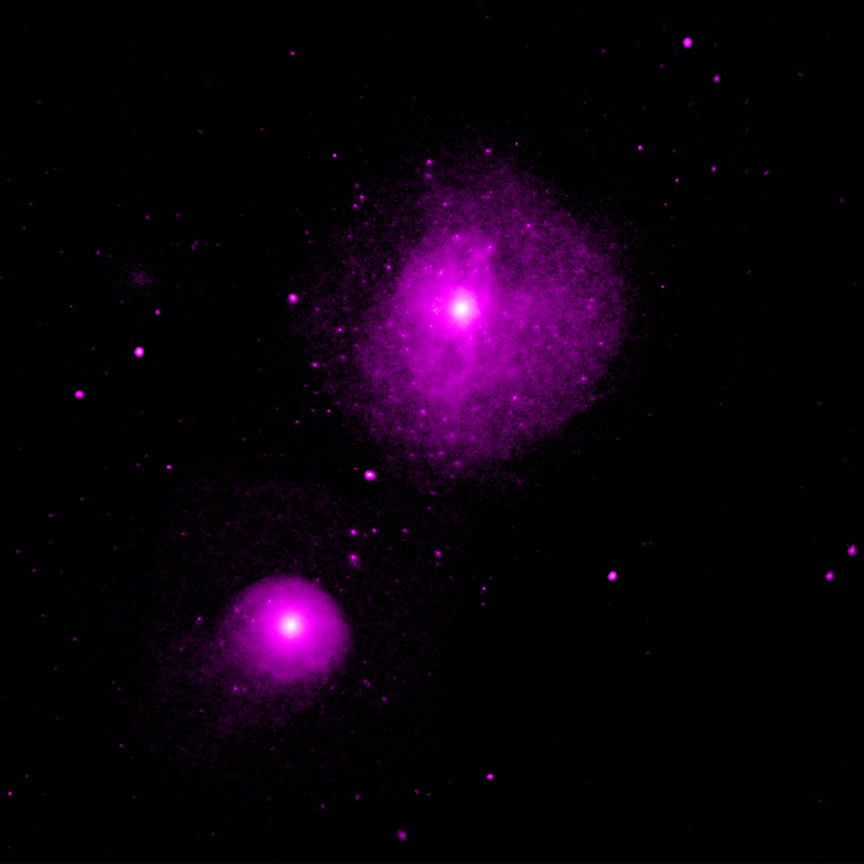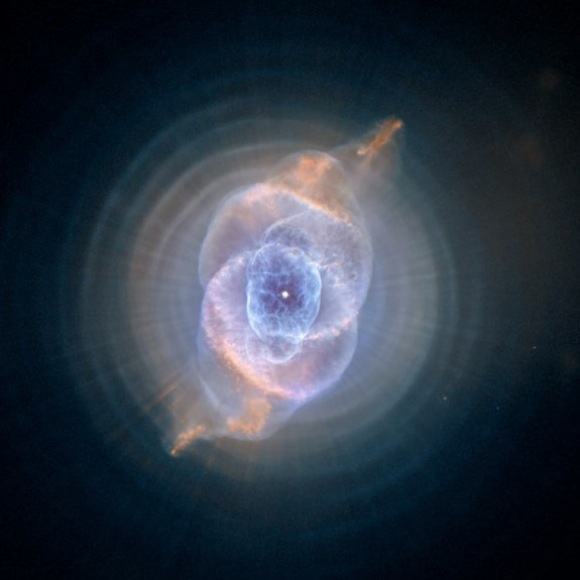A rogue star is one that has escaped the gravitational pull of its home galaxy. These stars drift through intergalactic space, and so are sometimes called intergalactic stars. Sometimes, when a rogue star is ejected from its galaxy, it drags its binary pair along for the ride.
Continue reading “Astronomers are Finding Binary Pairs of Stars Thrown out of Galaxies Together”Bizarre Star Could be the Result of Two White Dwarfs Merging Together
Stars live and die on epic time scales. Tens of millions of years, hundreds of millions of years, even billions of years or longer. Maybe the only thing that surpasses that epicness is when two dead stars join together and come back to life.
Continue reading “Bizarre Star Could be the Result of Two White Dwarfs Merging Together”Can You Spot a Planetary Nebula from a Few Blurry Pixels? Astronomers Can – Here’s How
A planetary nebula is one of the most beautiful objects in the universe. Formed from the decaying remnants of a mid-sized star like a sun, no two are alike. Cosmically ephemeral, they last for only about 10,000 years – a blink of a cosmic eye. And yet they are vitally important, as their processed elements spread and intermingle with the interstellar medium in preparation for forming a new generation of stars. So studying them is important for understanding stellar evolution. But unlike their stellar brethren, since no two are alike, it’s hard to efficiently pick them out of astronomical deep-sky surveys. Thankfully, a research team has recently developed a method for doing just that, and their work could open up the door to fully understanding the great circle of stellar life.
Continue reading “Can You Spot a Planetary Nebula from a Few Blurry Pixels? Astronomers Can – Here’s How”Small, Tough Planets can Survive the Death of Their Star

Sad fact of the Universe is that all stars will die, eventually. And when they do, what happens to their babies? Usually, the prognosis for the planets around a dying star is not good, but a new study says some might in fact survive.
A group of astronomers have taken a closer look at what happens when stars, like our Sun for instance, become white dwarfs late in their lives. As it turns out, denser planets like Earth might survive the event. But, only if they’re the right distance away.
Continue reading “Small, Tough Planets can Survive the Death of Their Star”Some of Earth’s Gold Came From Two Neutron Stars That Collided Billions of Years Ago
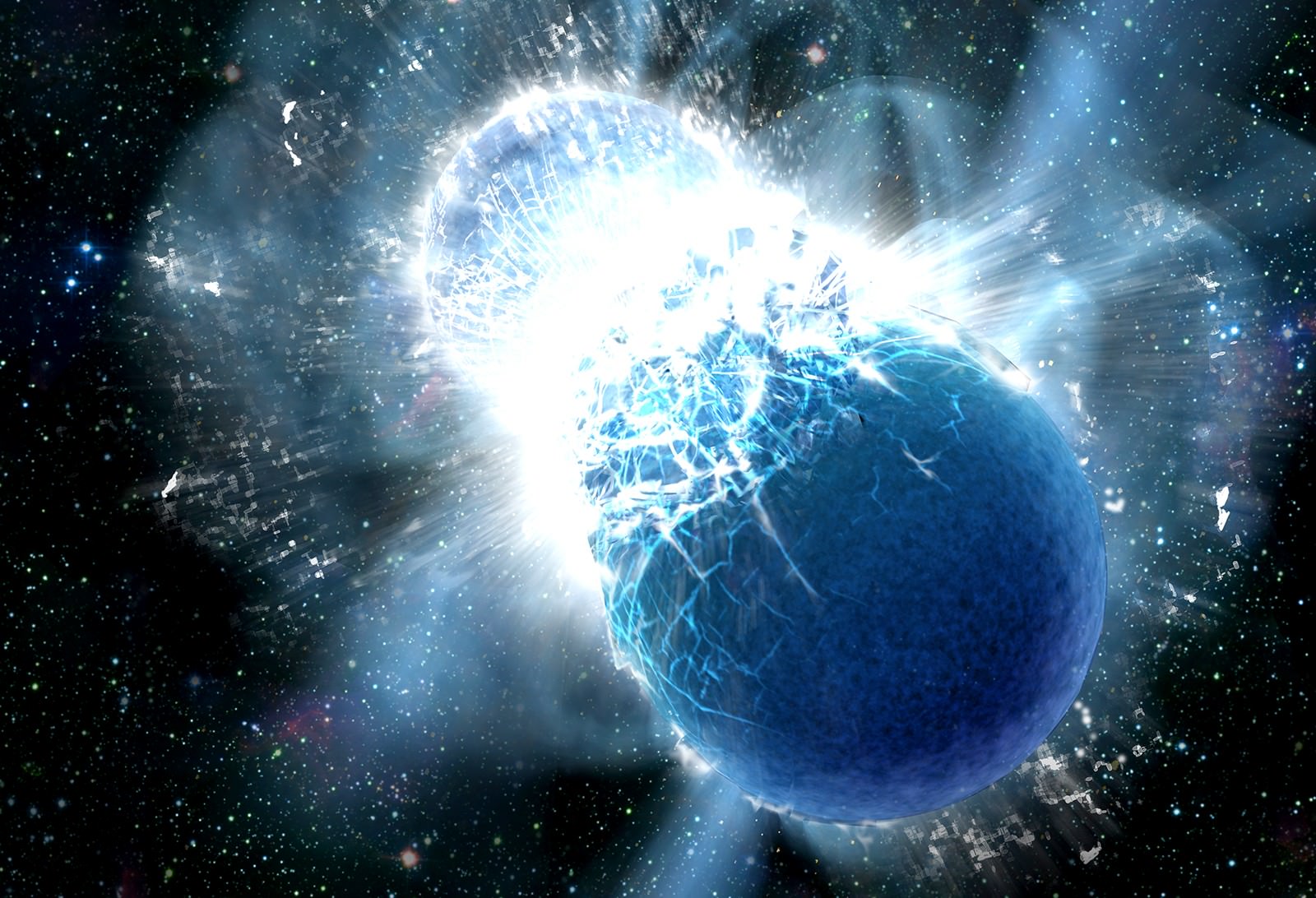
For about a century now, scientists have theorized that the metals in our Universe are the result of stellar nucleosynthesis. This theory states that after the first stars formed, heat and pressure in their interiors led to the creation of heavier elements like silicon and iron. These elements not only enriched future generations of stars (“metallicity”), but also provided the material from which the planets formed.
More recent work has suggested that some of the heaviest elements could actually be the result of binary stars merging. In fact, a recent study by two astrophysicists found that a collision which took place between two neutron stars billions of years ago produced a considerable amount of some of Earth’s heaviest elements. These include gold, platinum
What Will the James Webb Space Telescope See? A Whole Bunch of Dust, That’s What
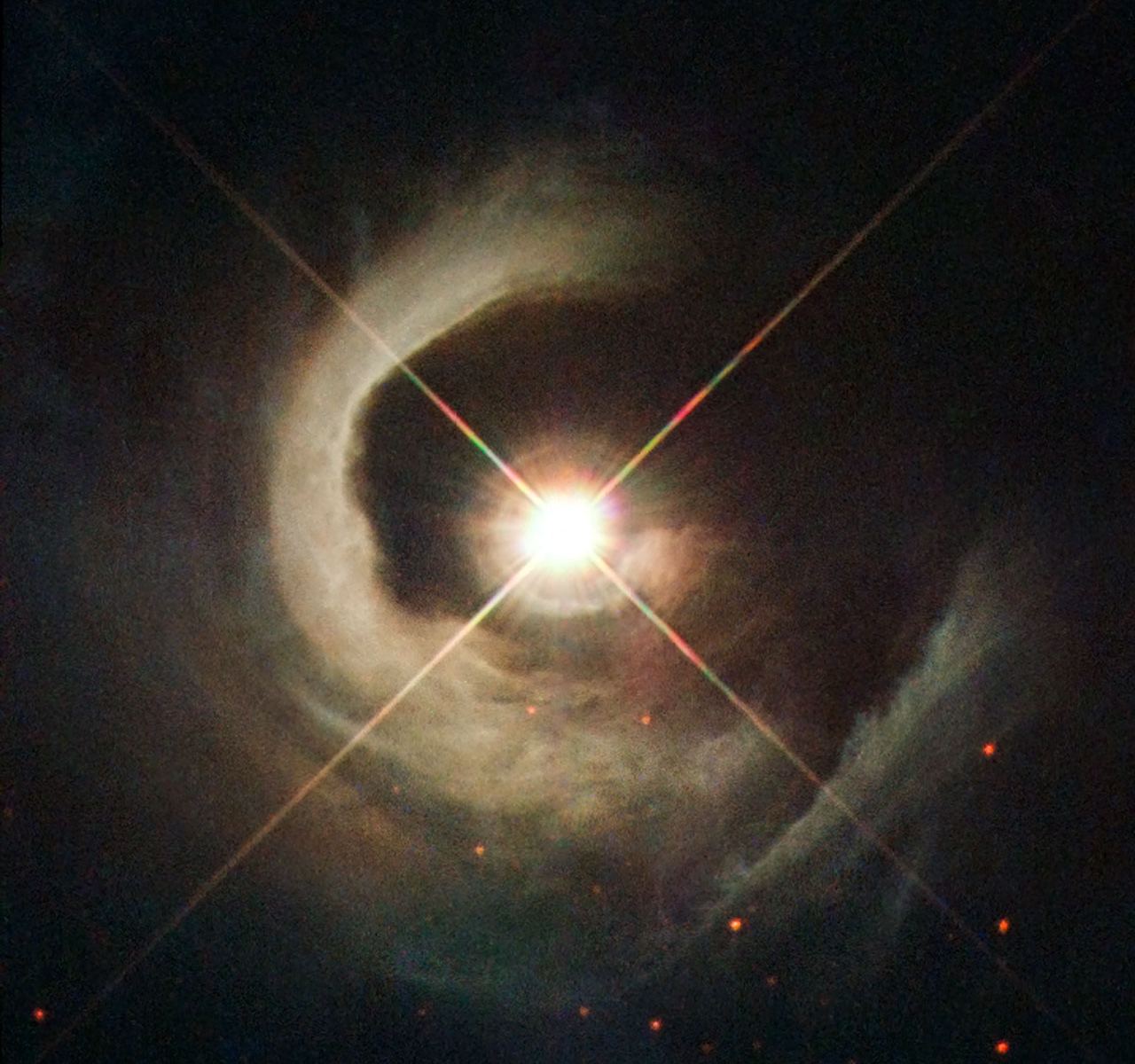
When it comes to the first galaxies, the James Webb Space Telescope will attempt to understand the formation of those galaxies and their link to the underlying dark matter. In case you didn’t know, most of the matter in our universe is invisible (a.k.a. “dark”), but its gravity binds everything together, including galaxies. So by studying galaxies – and especially their formation – we can get some hints as to how dark matter works. At least, that’s the hope. It turns out that astronomy is a little bit more complicated than that, and one of the major things we have to deal with when studying these distant galaxies is dust. A lot of dust.
That’s right: good old-fashioned dust. And thanks to some fancy simulations, we’re beginning to clear up the picture.
Continue reading “What Will the James Webb Space Telescope See? A Whole Bunch of Dust, That’s What”Voyager and Pioneer’s Grand Tour of the Milky Way

During the early 1990s, NASA’s Pioneer 10 and 11 probes became the first robotic missions to venture beyond Neptune. In 2012 and 2018, the Voyager 1 and 2 missions went even farther by crossing the heliopause and entering interstellar space. Eventually, these probes may reach another star system, where their special cargo (the Pioneer Plaques and the Golden Records) could find their way into the hands of another species.
Which raises an important question: where might these spacecraft eventually wander? To address this, Coryn Bailer-Jones of the Max Planck Institute for Astronomy and Davide Farnocchia of NASA’s Jet Propulsion Laboratory recently conducted a study that examined which star systems the Voyager and Pioneer probes will likely encounter as they drift through the Milky Way over the next few million years…
Continue reading “Voyager and Pioneer’s Grand Tour of the Milky Way”This Star has been Kicked Out of the Milky Way. It Knows What It Did.
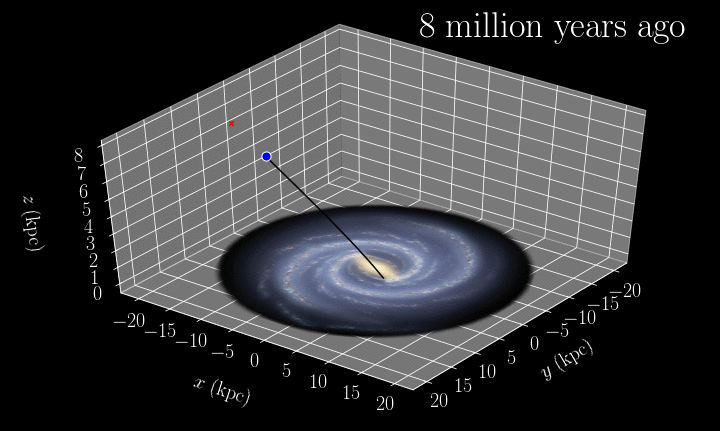
Every once in a while, the Milky Way ejects a star. The evicted star is typically ejected from the chaotic area at the center of the galaxy, where our Super Massive Black Hole (SMBH) lives. But at least one of them was ejected from the comparatively calm galactic disk, a discovery that has astronomers rethinking this whole star ejection phenomenon.
Continue reading “This Star has been Kicked Out of the Milky Way. It Knows What It Did.”Massive Photons Could Explain Dark Matter, But Don’t
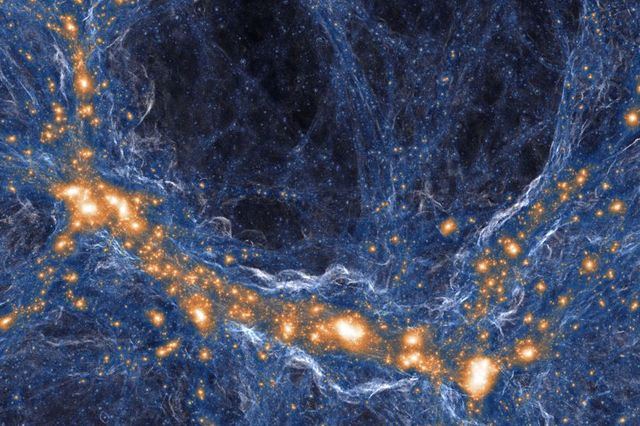
I’ll be the first to admit that we don’t understand dark matter. We do know for sure that something funny is going on at large scales in the universe (“large” here meaning at least as big as galaxies). In short, the numbers just aren’t adding up. For example, when we look at a galaxy and count up all the hot glowing bits like stars and gas and dust, we get a certain mass. When we use any other technique at all to measure the mass, we get a much higher number. So the natural conclusion is that not all the matter in the universe is all hot and glowy. Maybe some if it is, you know, dark.
But hold on. First we should check our math. Are we sure we’re not just getting some physics wrong?
Continue reading “Massive Photons Could Explain Dark Matter, But Don’t”Eta Carinae is Getting Brighter Because a Dust Cloud was Blocking our View
In addition to being one of the most beautiful and frequently photographed objects in the night sky, Eta Carinae also has also had the honor of being one of the sky’s most luminous stars for over a century and a half. In addition, it has been a scientific curiosity since its giant ejected nebula (Homunculus) contains information about its parent star.
It is therefore sad news that within a decade or so, we will no longer be able to see the Homunculus nebula clearly. That was the conclusion reached in a new study by an international team of researchers. According to their findings, the nebula will be obscured by the growing brightness of Eta Carinae itself, which will be ten times brighter by about 2036.
Continue reading “Eta Carinae is Getting Brighter Because a Dust Cloud was Blocking our View”
